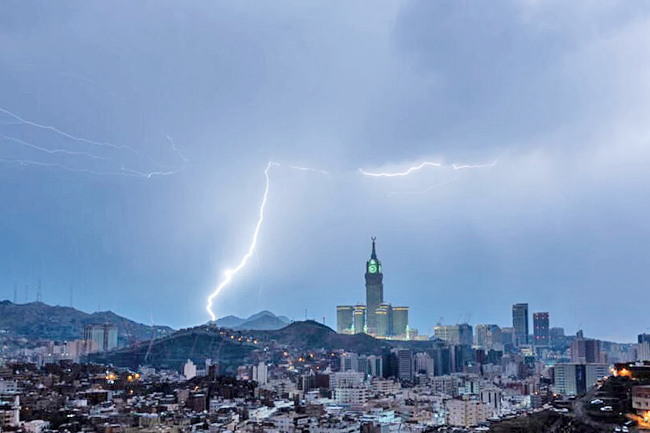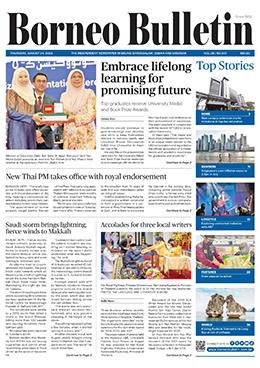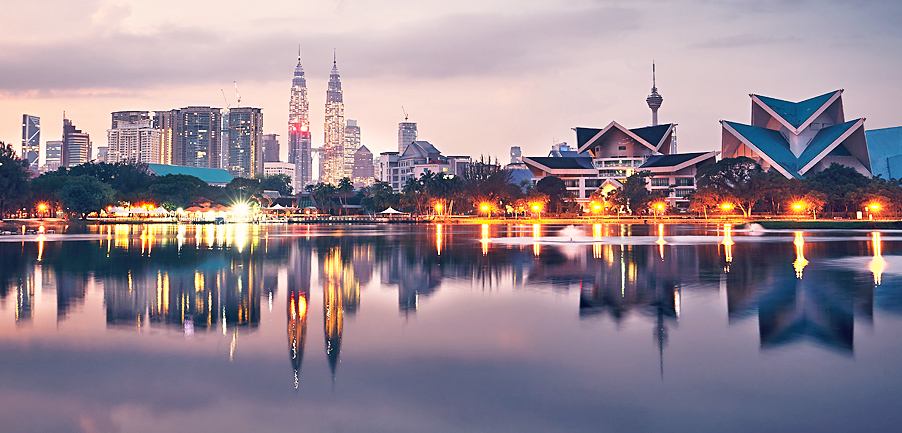For this week on Money Matters, we’ll be covering an aspect of economics known as supply and demand. Supply and demand represents one of the core principles in economics and is fundamental in the study of both macroeconomics and microeconomics. What is exactly is the concept behind supply and demand?
WHAT IS SUPPLY AND DEMAND?
On the surface, supply and demand is usually discussed as “the relationship between buyer and supplier”. It is usually used to determine the particular price of an item or a service; so, the higher the demand, the lower the supply therefore the higher the price. It’s pretty simple, right? To take a closer look at this fundamental concept, let’s break down each individual term first.
First, let’s take a look at demand. Demand refers to the quantity of a product or service desired by consumers or buyers.
When discussing demand, it’s good to remember that there is a specific threshold that consumers are willing to spend on a particular product. Would you pay BND1.50 for one packet of nasi katok? How about BND3 for the same nasi katok? This correlation between price and quantity is known as the demand relationship.
Next, let’s take a look at supply. Supply refers to the quantity of a product or service that the market, be it a company, a country or the whole world, is able to provide. Just like demand, the link between supply and the price threshold for consumers is known as the supply relationship.

Since each term is closely linked to the price, it is widely accepted that the price of a particular item or service, is simply a reflection between the supply and demand. In economic theory, this relationship is used to determine the most efficient way to allocate resources.
This is where the two laws, the law of demand and the law of supply, come into play.
THE LAW OF DEMAND
The universally accepted definition goes like this. The law of demand states that the higher the price of a good or service, the less demand will be for that particular good or service, provided that all other factors remain equal. To put it simply, the higher the price, the lower the quantity demanded.
What does the phrase “provided that all other factors remain equal” mean? It just means that price is the only factor that is in play.
Let’s take a look at an example. If you had a choice between two identical smart phones, you would naturally choose the one with the lower price, right?
Everything about the two phones are identical, so choosing the lower priced one would allow you to use the money that you saved to purchase something else, like a phone case.
So, the more money that buyers will have to fork out, the less likely they will want to forgo buying something else that they value more.
THE LAW OF SUPPLY
The law of supply is somewhat the opposite to the law of demand; the higher the price of a particular good or service, the higher the quantity of the good or service.
In terms of the supplier, selling more of a particular product or service at a higher price means more money. The difference is that in the law of supply, time is an important factor.
This is because suppliers need to make adjustments and react to the changes in demand.
To use an example, let’s say Mr X owns an indoor sports complex where people regularly rent to play futsal or basketball.
During the monsoon season, Mr X can expect more customers and addresses this need; he hires a few extra hands as temporary staff and prepares more drinks in the canteen.
Now, if there was a sudden drastic change in the climate and the monsoon season goes on for the whole year, Mr X would need to accommodate for this change, hiring permanent staff of the year and look to increasing space or managing the time slots more efficiently.
Now that we’ve covered the two laws, how does this affect prices?
Imagine that you own a brand new smart phone producing company. For the release of your flagship phone; let’s call it the Eco – the retail price you’ve set is BND500.
Since your company is brand new, you decide to produce 100 Ecos for the Brunei market to test the waters. Now, let’s look at two scenarios that will determine the price of your product.
If on the first week of launch, the Eco was demanded by 120 people, the price will increase because as you don’t have enough Ecos on hand, demand increases and so will the price.
Now you will have to produce another 20 Ecos, showing that the higher the price, the higher the quantity supplied.
In the second scenario, if 80 people demanded the Eco, the price will not increase because supply exceeds demand.
You may even consider lowering the price so that you can sell the remaining 20 Ecos.
So there you have it. There are several more ideals such as economic equilibrium that goes hand-in-hand with supply and demand. This is just the gist of one of the key principles in the wacky world of economics has to offer. Hopefully it will help in moving you in the right direction and pique your curiosity in finding out more.
This article is for general information purposes only and while the information in it is believed to be reliable, it has not been independently verified by us. You are advised to exercise your own independent judgement with the contents in this article. – Standard Chartered Bank












